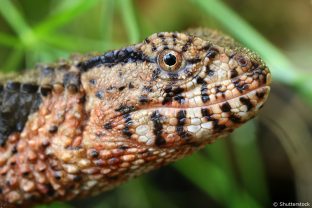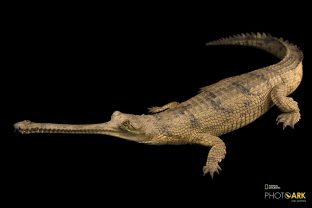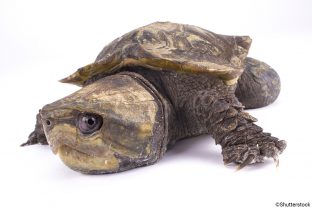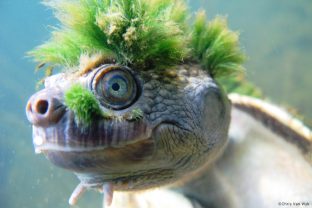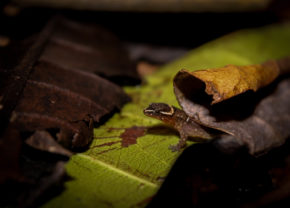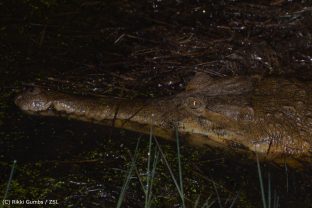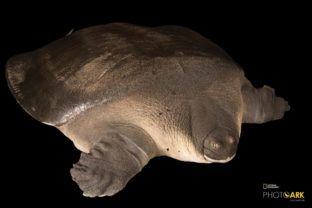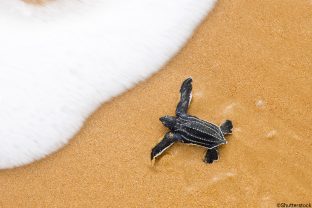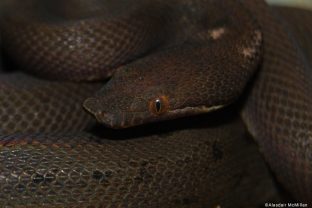TOP EDGE Reptiles
Chinese Crocodile Lizard
Shinisaurus crocodilurus
There are perhaps no more than 1,000 individuals of the Endangered Chinese crocodile lizard — which is found in southern China and northern Vietnam — remaining in the wild today.
Conservation Attention
Very Low
Gharial
Gavialis gangeticus
The Critically Endangered gharial is an unmistakable crocodile on the brink of extinction. It has long, thin jaws which it uses to catch fish and males have a large, bulbous growth, known as a ‘ghara’, on the tip of their snout.
Conservation Attention
Good
Big-headed Turtle
Platysternon megacephalum
As its name suggests, the big-headed turtle has a disproportionately large head compared to its small body. Its head is so large, in fact, that it cannot be retracted into its shell!
Conservation Attention
Low
Mary River Turtle
Elusor macrurus
This strange turtle is one of several species of cloaca-breathing turtles, which breathe underwater using specialised glands in their reproductive organs. This allows individuals to remain submerged for up to 72 hours.
Conservation Attention
Low
Colombian Dwarf Gecko
Lepidoblepharis miyatai
Following its discovery in 1964, the Colombian dwarf gecko had not been seen again until a new population was recently discovered more than 100 km from the original location.
Conservation Attention
Very Low
West African Slender-snouted Crocodile
Mecistops cataphractus
The West African slender-snouted crocodile is known for its unmistakable long and slender snout, which lacks any bony ridges.
Conservation Attention
Medium
Cantor’s Giant Softshell
Pelochelys cantorii
Cantor’s giant softshell is an exceptionally large freshwater turtle, with individuals known to reach over 1 metre in length and weigh more than 100 kilograms! Sadly, these extraordinary turtles are on the brink of extinction.
Conservation Attention
Medium
Leatherback
Dermochelys coriacea
The leatherback is the world’s largest turtle and can weigh over 900 kilograms!
Conservation Attention
Good
Round Island Keel-scaled Boa
Casarea dussumieri
The Round Island keel-scaled boa is unique amongst all terrestrial vertebrates on Earth, being the only species to have an intramaxilliary joint that can separate and split the anterior and posterior bones of the upper jaw.
Conservation Attention
Good
Dwarf Crocodile
Osteolaemus tetraspis
The dwarf crocodile is one of the world’s smallest crocodilians, rarely exceeding 2 metres in length. The taxonomy, distribution, population size and conservation status of dwarf crocodiles remains unclear.
Conservation Attention
Very Low
